
The investigators noted that the data on tolerability and efficacy support that treatment with opicapone among older adults with PD requires no age-related dose adjustments.

The investigators noted that the data on tolerability and efficacy support that treatment with opicapone among older adults with PD requires no age-related dose adjustments.
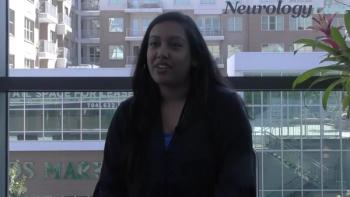
The graduate student at the University of Michigan provided insight on the ways to expand the current knowledge about the disparities among races and genders in sleep quality and long-term cognitive outcomes. [WATCH TIME: 3 minutes]

In the comparator study between ponesimod and teriflunomide, the risk of both 12- and 24-week confirmed disability accumulation at week 108 was significantly different between MAGNIMS score groups.
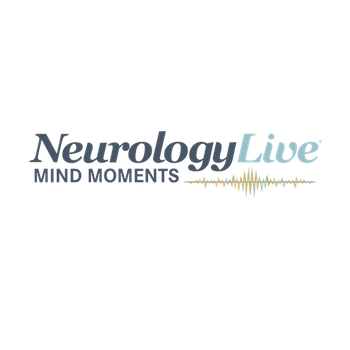
Mind Moments®, a podcast from NeurologyLive®, brings you exclusive interviews with Afsara Zaheed; Richard Bogan, MD, FCCP, FAASM; and Ruth Benca, MD, PhD. [LISTEN TIME: 18 minutes]

Meghan Garabedian, CRNP, MSN, nurse practitioner at the Penn Neuroscience Center, discussed her presentation at the 2022 CMSC Annual Meeting regarding the patient experience on diroximel fumarate.

The digital tool was used to evaluate more than 12,500 recorded upper body movements among a cohort of 41 adults undergoing poststroke rehabilitation exercises.
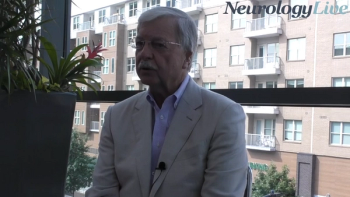
The associate clinical professor at the University of South Carolina School of Medicine discussed the strides, but also challenges still in treating patients with narcolepsy. [WATCH TIME: 2 minutes]

Over a 24-week treatment period, 72.2% of those on erenumab achieved relevant improvement on HIT-6 scores compared with 53.9% of those on topiramate.

The associate professor at the North Carolina Agricultural and Technical State University provided insight on the widespread feasibility of a new initiative that aims to teach and attract young professionals to the MS field. [WATCH TIME: 4 minutes]

Although new treatments and innovations are a sign of growth in migraine care, it is important to realize that growth comes with a certain amount of pain. In clinical practice, choosing the right treatment option for patients in a time-limited visit is often a dilemma.

The oral tablet formulation of rofecoxib has been shown to reach maximum plasma concentrations at 2 hours post dose compared with 3 for the historical formulation, which the company believes can improve the time to onset of action.

Galit L. Dunietz, PhD, MPH, assistant professor of neurology, University of Michigan, provided insight on women’s health, menopause cycles, and how sleep can have a direct impact on long-term cognitive health.

In the open-label extension where the highest dose of atogepant (Qulipta; AbbVie) was observed, 24.1% of participants had at least 7% weight loss compared with 14.7% of those on standard of care.
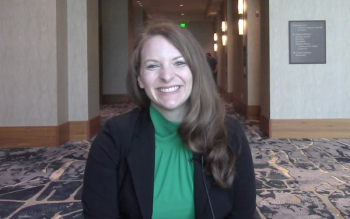
The MD-PhD student at Wake Forest School of Medicine shared her perspective on the findings of a study suggesting that mindfulness practices can alter pain perception and migraine attack awareness, among other results. [WATCH TIME: 4 minutes]

The associate neurologist at Brigham and Women’s Hospital discussed the potential of a nasal anti-CD3 monoclonal antibody, foralumab, and its impact on biomarkers specific to patients with progressive multiple sclerosis.

A systematic review and meta-analysis suggested that the risk of anxiety and depressive symptoms was nearly doubled for those with migraine compared with healthy controls, indicating a need to screen this patient population.

Given the importance of mitochondrial and endoplasmic reticulum function in ALS, the disruption of intracellular mitochondria-endoplasmic reticulum contacts presents yet another avenue for neuronal degeneration—perhaps the primary point of underlying dysfunction.

The approval was based on results from the phase 3 HELIOS-A study, which showed that vutrisiran met its primary end point of change in modified Neuropathy Impairment Score + 7 over a 9-month treatment period.

The associate professor at the North Carolina Agricultural and Technical State University discussed a newfound initiative that helps encourage more professionals in multiple sclerosis and across neurology. [WATCH TIME: 4 minutes]

The most common adverse events reported by individuals using the dihydroergotamine nasal powder were nasal discomfort, dysgeusia, and nasal congestion, all of which were mild and transient in nature.

Secondary outcomes, assessed by the change in the number of monthly headache days by at least 25%, 75%, or 100%, were also not significant following treatment with CGRP monoclonal antibodies.

The assistant professor of pharmacology at the University of Arizona College of Medicine Tucson shared her insight into the endocannabinoid system and its therapeutic potential in treating migraine. [WATCH TIME: 5 minutes]

After previously being approved for use in the stroke and acquired brain injury populations, the Ekso Bionics product now becomes the first such device approved in the multiple sclerosis patient population.

The approval was based on phase 2/3 findings that showed an average score of 2.32 points higher on ALS Functional Rating Scale with AMX0035 compared with placebo.

Laurie Gutmann, MD; Gauri Pawar, MD; and Claire Henchcliffe, MD, discuss their own paths in medicine and observations of other women leaders. [WATCH TIME: 1 hour, 51 minutes]

The journey of aducanumab (Aduhelm; Biogen) from development to the FDA is a tortured one, but its path may serve to teach the Alzheimer disease field valuable lessons as it strives forward to develop disease-modifying therapies.

Here's what is coming soon to NeurologyLive®.
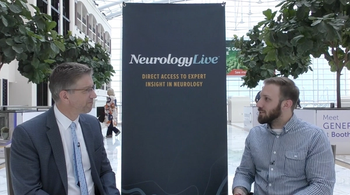
Robert Fox, MD, who presented the DISCO-MS study results at the CMSC 2022 Annual Meeting, offered his closing thoughts on the data and the take-home messaging for clinicians.
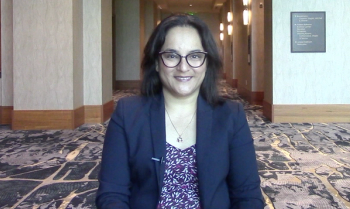
The associate professor of psychiatry at the University of Illinois at Chicago shared the findings of her and colleagues’ work that suggest that distinct cytoarchitectural changes occur in the brain that may underlie migraine chronification. [WATCH TIME: 4 minutes]

Data from a cohort of almost 5000 women seen at Montefiore Health System emergency departments suggest that primary headache, likely migraine, is underdiagnosed, and a high proportion of these women being of Black and Hispanic backgrounds.